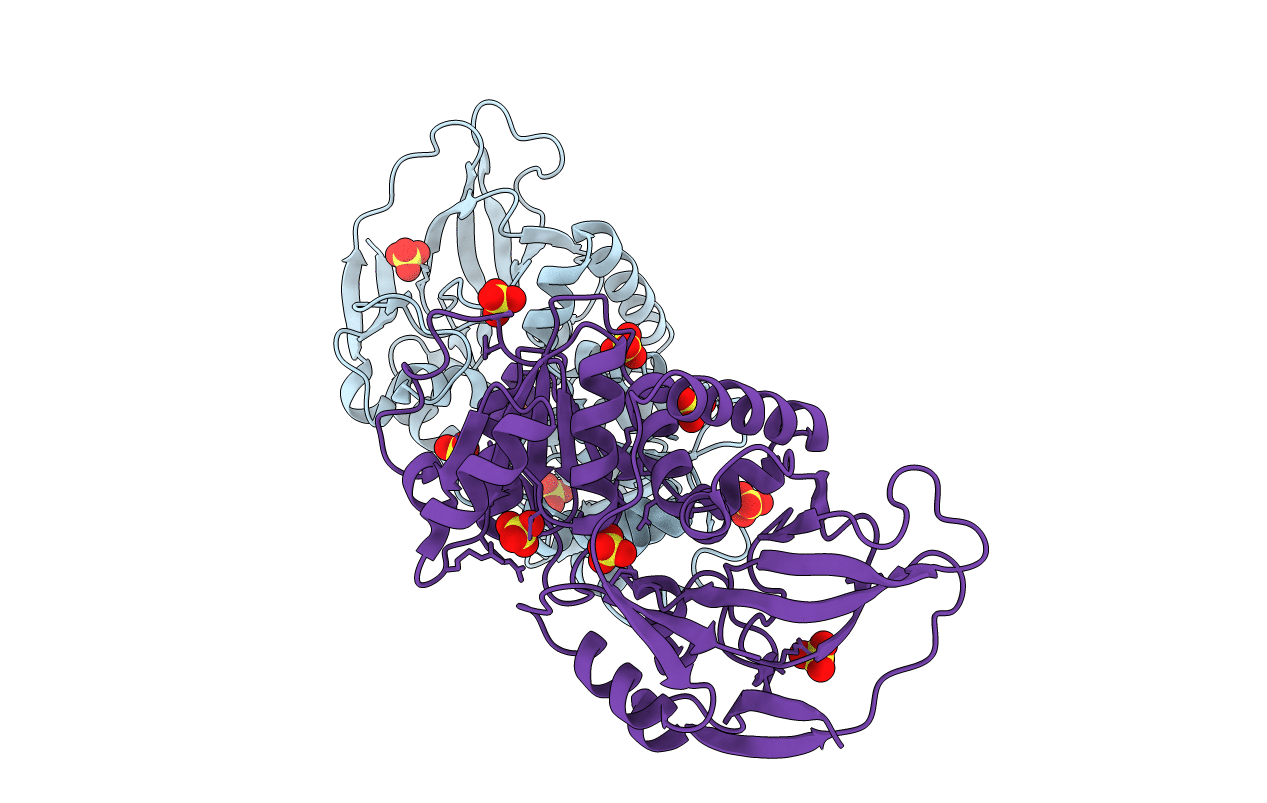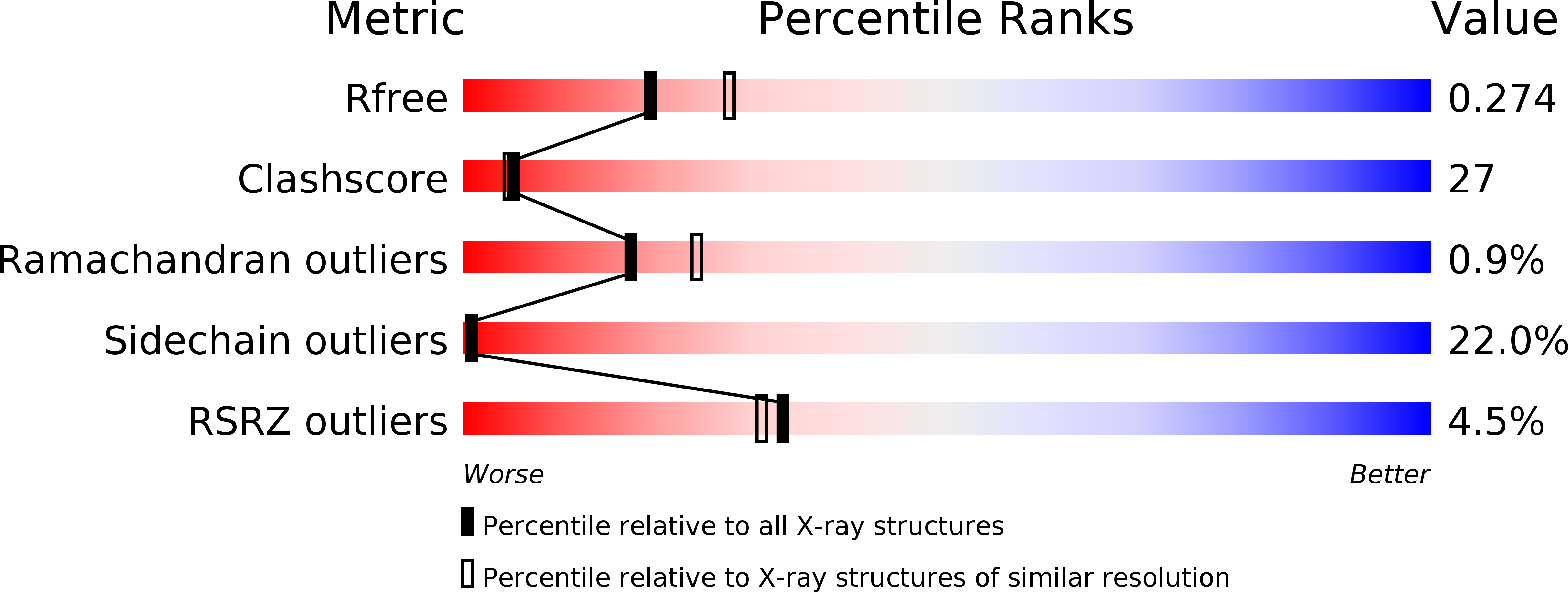
Deposition Date
2007-09-28
Release Date
2008-06-03
Last Version Date
2023-12-13
Entry Detail
PDB ID:
2VCY
Keywords:
Title:
Crystal Structure of 2-Enoyl Thioester Reductase of Human FAS II
Biological Source:
Source Organism:
HOMO SAPIENS (Taxon ID: 9606)
Host Organism:
Method Details:
Experimental Method:
Resolution:
2.41 Å
R-Value Free:
0.26
R-Value Work:
0.20
R-Value Observed:
0.21
Space Group:
P 42 21 2


